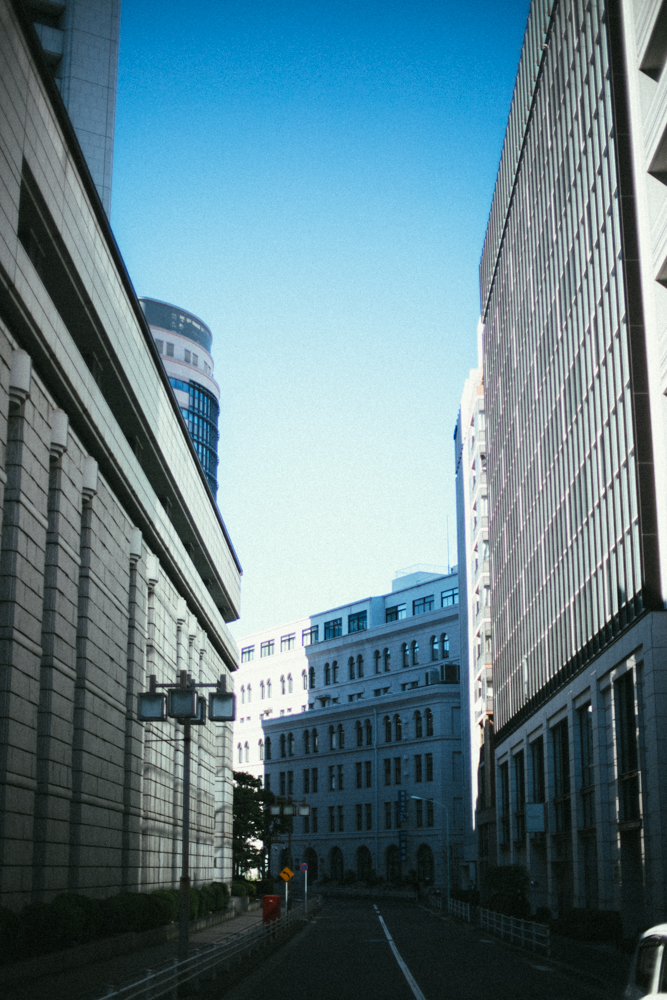


In Search of the Urban Context
I kept observing the different aspects of the city from early morning to daytime and late at night. We kept discussing what kind of elements to include in the space and surrounding area with the goal of adding more color to the city. Finally, we realised the importance of the people behind each space, so we began to backtrack that information to get to the source.
Today, in Japan, no matter what area you visit, you will find a flattening of the city due to large capital investment properties and chain shops. We felt that a city where people could have casual conversations with shopkeepers could counter this. Even if the service takes a little longer or it means that the shop cannot stay open 24/7, we felt that this relationship between customer and shopkeeper was crucial in adding depth to the city.
This website tries to answer the question: how can we create a town where people can easily access the many unique stores and places that originally existed, as well as the more colorful small businesses that are carefully being curated, edited and added? In addition to the “backtracking of information” that I previously mentioned, the starting point in my search for an answer began with this quote(*) from Will Wright, the creator of the game SimCity. “… I think a city is an organism that is the center of all these things, of all these cultures, if you will.”
In this case, I think that ‘organism’ refers to the community of people who work, live, and play in a given area. I want to deconstruct this ‘organism’ down to a more human level, where we can shine a spotlight on each individual and discover a more detailed perspective. I guess what I am trying to say is, it is the collection of people that makes towns and cities attractive.
There are a lot of invisible contexts floating around in the city, and they are the accumulation of time, history, buildings, locations, and the thoughts of the people who gather there. I hope to visualize these invisible contexts by focusing on people and ‘backtracking’ them to discover their roots.
Kontext, therefore, aims to visualize the attractiveness of the drastically changing Nihonbashi Kabutocho and Kayabacho. We replaced the ‘C’ in ‘Context’ to ‘K’ as a reference to Kabuto-cho.
I hope you will enjoy this process of turning invisible contexts into visible ones.
(*)Will Wright, translated by Yutaka Tama “All of Sim City that Will Wright reveals”
Kadokawa Shoten, 1990
Editor in Chief
Akihiro Matsui

Akihiro Matsui
Representative of Media Surf Communications, the company responsible for branding, curation and attraction for the “Nihonbashi Kabutocho and Kayabacho Revitalization Project”.
Text : Akihiro Matsui
Photo : Naoto Date